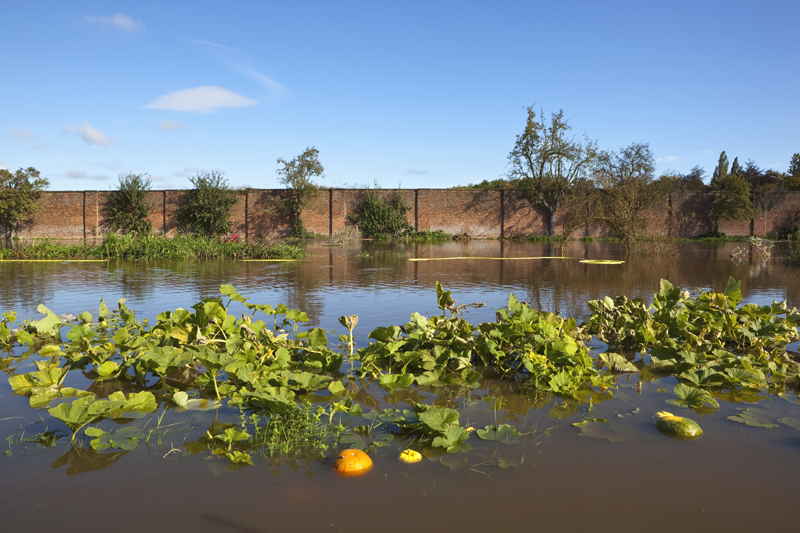Impending emergence of La Niña will impact the agricultural sector in Central America and the Dominican Republic

San Jose, 02 May 2016 (IICA). Specialists are warning that the climate phenomenon known as La Niña is highly likely to develop in the second half of this year, impacting agrifood production in Central America and the Dominican Republic.
Droughts were the main consequence of the dry conditions experienced in the region in 2014, followed by the emergence of El Niño at the start of 2015,but a transition to La Niña is now highly likely to occur, according to forecasts issued by the U.S. National Oceanic and Atmospheric Administration(NOAA).
In Central America, the potential effects of La Niña are heavy rainfall, floods, landslides, mudslides, and infrastructure damage. The phenomenon is also linked to more active hurricane seasons, which would have serious implications for the region’s agriculture sector.
The “Adaptation and Agriculture in Mesoamerica” Community of Practice and the Executive Secretariat of the Central American Agricultural Council (SECAC), both of which are operated by the Inter-American Institute for Cooperation on Agriculture (IICA), working with the International Research Centre on El Niño (CIIFEN) and the EUROCLIMA-IICA Project, organized a webinar to present the main threats and challenges that agriculture could face as the phenomenon develops.
Impact on agriculture
In their efforts to combat coffee leaf rust, farmers have benefitted from the dry conditions that have prevailed in recent years. However, the high humidity so characteristic of La Niña would damage the coffee crop, leading to a fall in productivity.
Countries such as Costa Rica, Guatemala, Panama, and the Dominican Republic will receive above-average precipitation, which in some cases could affect plantations of Musaceae (bananas and plantains) during the first phase of the rainy season.
“It is recommended that producers and other sector stakeholders maintain constant contact with national meteorological services, especially at key moments in the crop cycle such as soil preparation and seeding. One of the chief recommendations is that drainage channels be kept flowing freely,” explained SECAC specialist Ligia Córdoba.
According to the specialists, the Indian summer or brief dry spell in June, known as the veranillo de San Juan, will be shorter and less severe than in 2014 and 2015. In climate terms, the year most similar to 2016 was 1998, when a transition occurred like the one expected this year.
All the repercussions of this phenomenon were analyzed at the XLIX Climate Forum of Central America, whose conclusions were shared via the webinar. Coordinated by the Regional Water Resources Committee, the meeting of the forum took place 12-13 April in Antigua Guatemala.
CIIFEN specialist Eduardo Zambrano also took part in the seminar, giving a presentation on the transition from El Niño to La Niña and the impact on the climate of the Andean countries.
“Above-average rainfall is expected in May and July in the northeast of Colombia, in the Orinoco, in the southeast of South America, in the central region of Chile, Uruguay, Paraguay, and the north of Argentina. Below-average precipitation is forecast for the Caribbean region, northeast Brazil and the north of Chile,” Zambrano pointed out.
More information: ligia.cordoba@iica.int